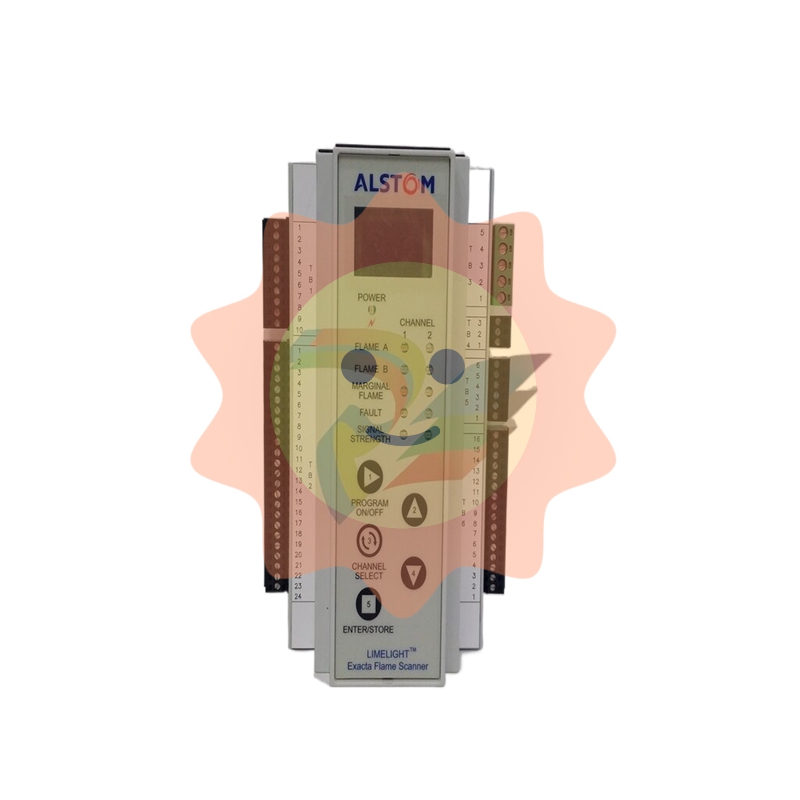2023 Nursing industry development status and scale analysis
According to the "2022-2027 China Nursing Industry market In-depth research and development prospects Analysis Report" released by the Zhongpu Industrial Research Institute:
From the perspective of various regions in China, the number of nursing homes in eastern, central and western China is 504, 74 and 50, accounting for 80%, 12% and 8% respectively. From the perspective of various provinces and cities in China, the top five nursing homes in China are Jiangsu, Shandong, Zhejiang, Shanghai and Guangdong, with 246, 72, 69, 52 and 35 nursing homes respectively.

Data show that from 2014 to 2019, due to the rapid growth of the number of nursing homes, the number of health technicians and health personnel in nursing homes showed an increasing trend, and the proportion of health technicians and health personnel in nursing homes accounted for 60% or more. In 2019, the number of health technicians and health personnel in China's nursing homes was 23,782 and 38,891, respectively, and health technicians in nursing homes accounted for 61.15% of the number of health personnel. In 2020, the number of registered nurses in China will be 4.709 million, with only 3.34 registered nurses per 1,000 population. At present, there is a shortage of clinical front-line nurses in China, which is far from meeting the domestic medical needs. The development of intelligent nursing can not only reduce the work intensity of nurses, improve the efficiency of nursing services, but also enable nurses to quickly obtain patient information, facilitate the grasp of disease changes, and improve the quality of nursing.
By the end of 2021, the total number of registered nurses in Handan reached 32,546, an increase of 9401 compared with 23,145 by the end of 2020; The ratio of registered nurses per 1,000 people reached 3.46, an increase of 1 from 2.46 at the end of 2020; The ratio of bed protection increased from 0.494 to 0.530. There were 21,320 nurses with junior college or above, accounting for 65.51%; There were 5,653 nurses with intermediate or above titles, accounting for 17.37%.
People in the industry believe that elderly care workers can engage in elderly care work through special training and assessment, and whether the hard condition of junior high school graduation is not related. Lower the entry threshold, and open "a window" for more people who do not have a degree but love old-age care work. On the one hand, it can alleviate the current shortage of elderly care workers; On the other hand, solving the employment problem of these people will also be of great help to improving people's livelihood and promoting social harmony.
For nursing workers in various medical institutions, opening a new journey of high-quality development of nursing work is undoubtedly a large-scale reform and rectification of the nursing industry. In the new period of the 14th Five-Year Plan, high-quality development has become the new theme of The Times and has also become the vane of hospital development. The core requirements of the high-quality development of public hospitals are to optimize the supply-side reform, achieve three changes and three improvements, and promote the implementation of high-quality development of public hospitals through four key points and four improvements.
- EMERSON
- Honeywell
- CTI
- Rolls-Royce
- General Electric
- Woodward
- Yaskawa
- xYCOM
- Motorola
- Siemens
- Rockwell
- ABB
- B&R
- HIMA
- Construction site
- electricity
- Automobile market
- PLC
- DCS
- Motor drivers
- VSD
- Implications
- cement
- CO2
- CEM
- methane
- Artificial intelligence
- Titanic
- Solar energy
- Hydrogen fuel cell
- Hydrogen and fuel cells
- Hydrogen and oxygen fuel cells
- tyre
- Chemical fiber
- dynamo
- corpuscle
- Pulp and paper
- printing
- fossil
- FANUC
- Food and beverage
- Life science
- Sewage treatment
- Personal care
- electricity
- boats
- infrastructure
- Automobile industry
- metallurgy
- Nuclear power generation
- Geothermal power generation
- Water and wastewater
- Infrastructure construction
- Mine hazard
- steel
- papermaking
- Natural gas industry
- Infrastructure construction
- Power and energy
- Rubber and plastic
- Renewable energy
- pharmacy
- mining
- Plastic industry
- Schneider
- Kongsberg
- NI
- Wind energy
- International petroleum
- International new energy network
- gas
- WATLOW
- ProSoft
- SEW
- wind
- ADVANCED
- Reliance
- YOKOGAWA
- TRICONEX
- FOXBORO
- METSO
- MAN
- Advantest
- ADVANCED
- ALSTOM
- Control Wave
- AB
- AMAT
- STUDER
- KONGSBERG
- MOTOROLA
- DANAHER MOTION
- Bentley
- Galil
- EATON
- MOLEX
- Triconex
- DEIF
- B&W
- ZYGO
- Aerotech


email:1583694102@qq.com
wang@kongjiangauto.com


















































